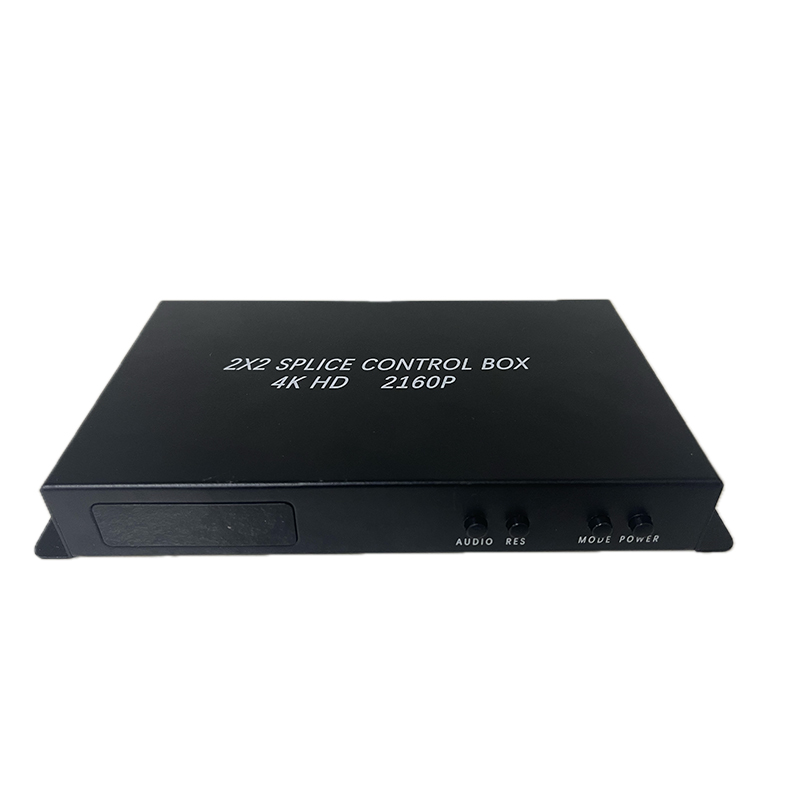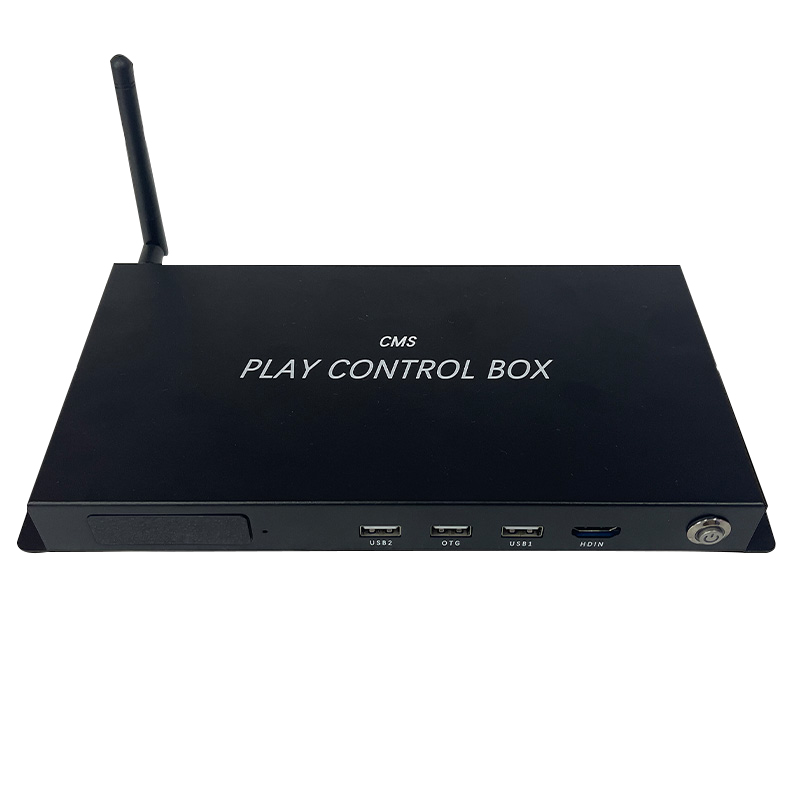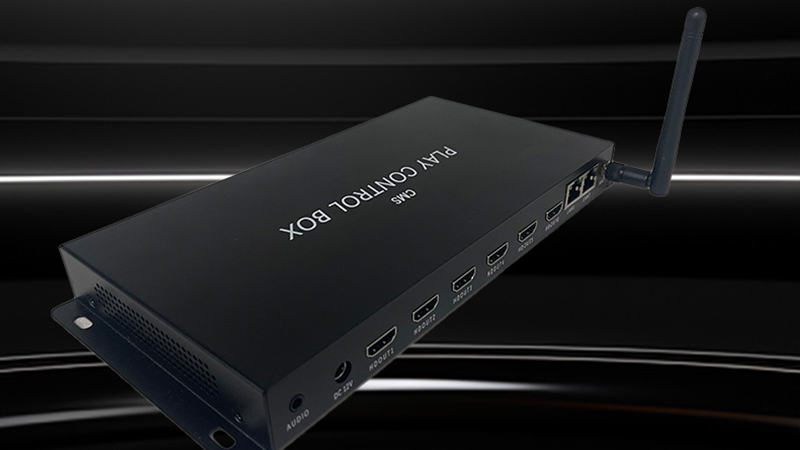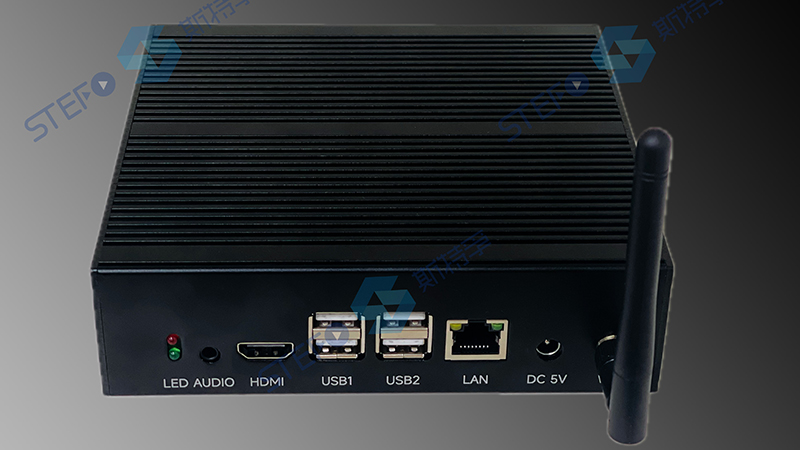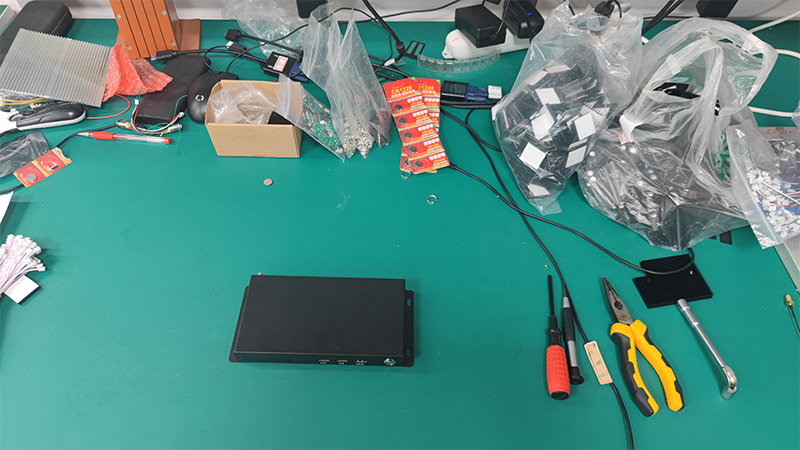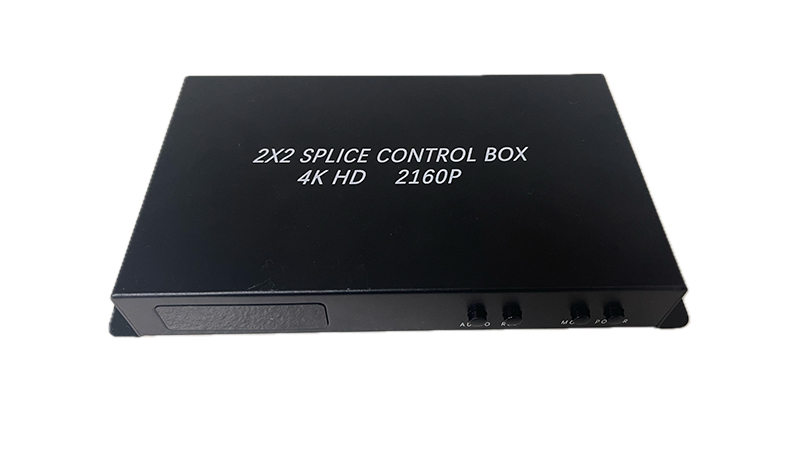Related Products
Latest News
What are the requirements for splicing processors for monitors?
With the development of display technology, higher requirements have been put forward for the splicing processor of the display. The display adopts high resolution and multi screen display effect, which is very different from the traditional display. The traditional splicing processor must be updated to meet the requirements of modern displays. So, what are the requirements for splicing processors for monitors?
1. Ensure output synchronization
Splicing processors are prone to data asynchrony during output, resulting in torn display, inconsistent image quality, and unsynchronized playback speed. Splicing processors need to be updated to address these issues.
2. Ensure output image quality
All splicing processors serve to output image quality. If the output image quality is not clear at all and there is distortion, the device's function is not significant. The splicing processor must use higher quality image processing algorithms to solve problems such as image edge aliasing, image distortion, and poor image quality. Overall, the requirement for display splicing processors is to output high-quality and high standard images. In the actual operation process, different splicing processors should be selected according to actual needs.
3. Customizable output resolution
At present, many monitors are seamlessly or matrix spliced, and the display size and resolution of each area are fixed. If they are spliced into a whole screen display effect, the splicing processor needs to process it, output appropriate splicing methods, allocate data signal resources reasonably, and ensure the display effect.



